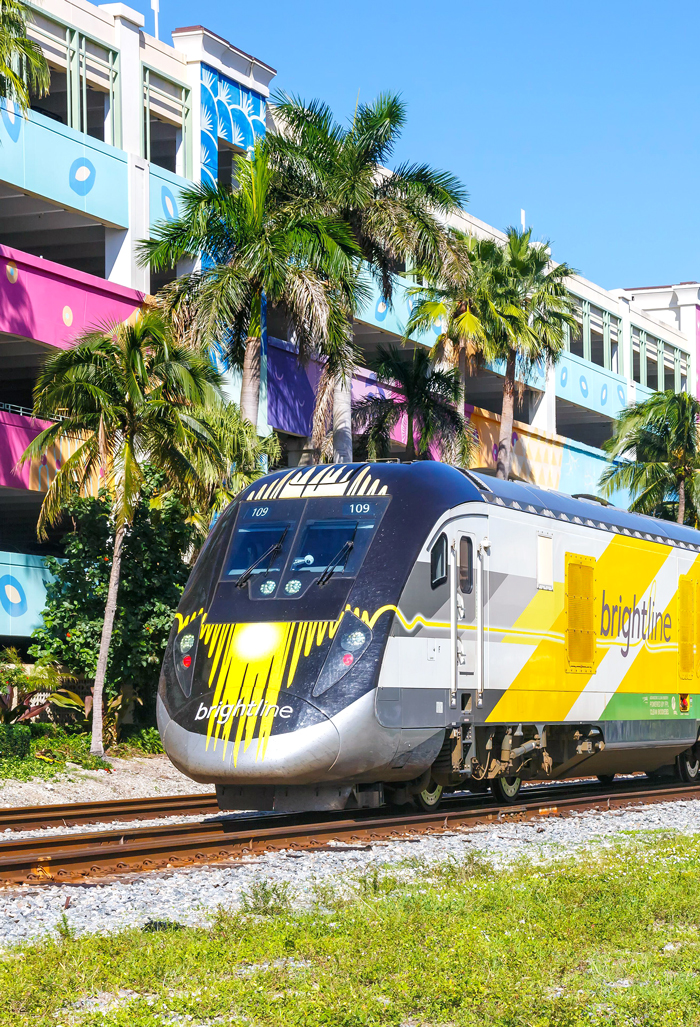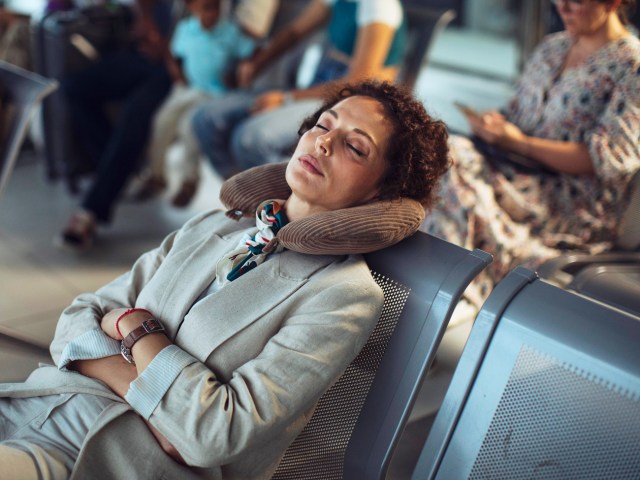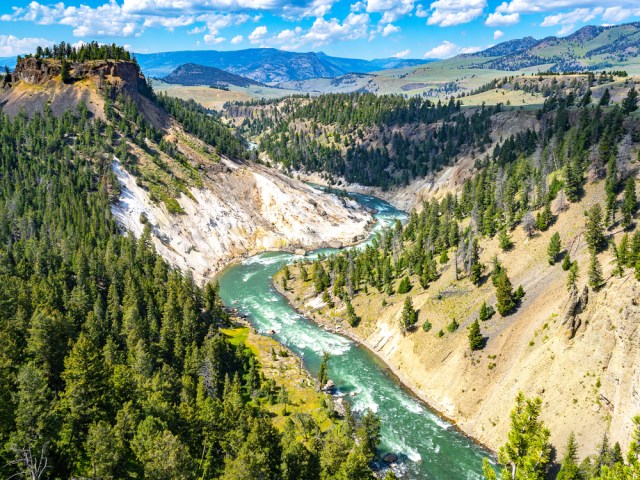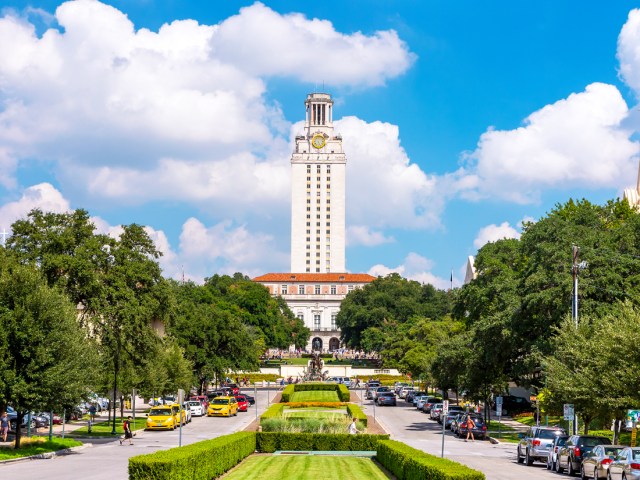High-speed rail services provide seamless travel between cities at lightning-quick speeds — but only for those lucky enough to live near one. Unfortunately, these trains are far more common throughout Asia and Europe than they are here in the United States. Many extant railroad tracks in America are incapable of handling trains traveling at such fast speeds, requiring entirely new tracks to be laid. The good news is that several proposals for speedier train lines are currently in the works, and it may not be long before we see more and more rapid transit options popping up around the country. Here are six of the coolest high-speed rail projects in the U.S. that could soon become a reality.
Acela’s New Fleet – Boston, Massachusetts, to Washington, D.C.
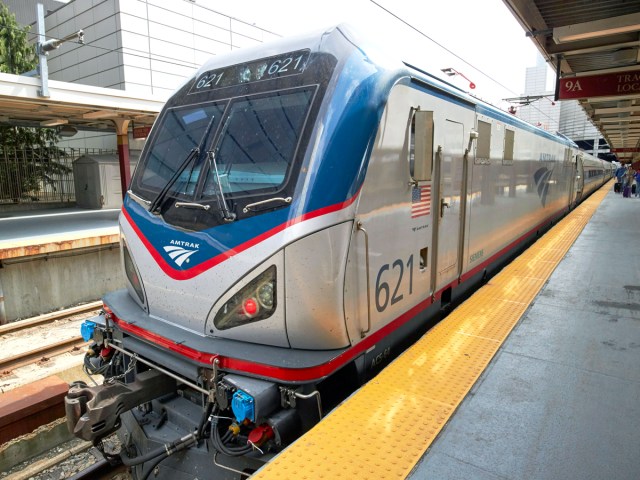
Reaching maximum speeds of around 150 mph, Amtrak’s Acela line is currently the only true high-speed rail service available in the U.S. The route — which services approximately 3 million passengers annually — begins in Boston, Massachusetts, passes through New York City, and ends in Washington, D.C.
While Acela has been in operation since 2000, a new line of faster cars is set to be unveiled in 2024. These updated trains will operate at record speeds of 160 mph. Once safety testing is complete, Amtrak will introduce 28 of these new high-speed Acela cars, each with complimentary Wi-Fi, outlets and USB ports, and 25% more seating capacity than older models. There’s no exact date for when Acela’s new fleet will make its official debut, but keep your eyes peeled for these cars to hit the tracks sometime in 2024.
Brightline – Orlando International Airport to Cocoa, Florida
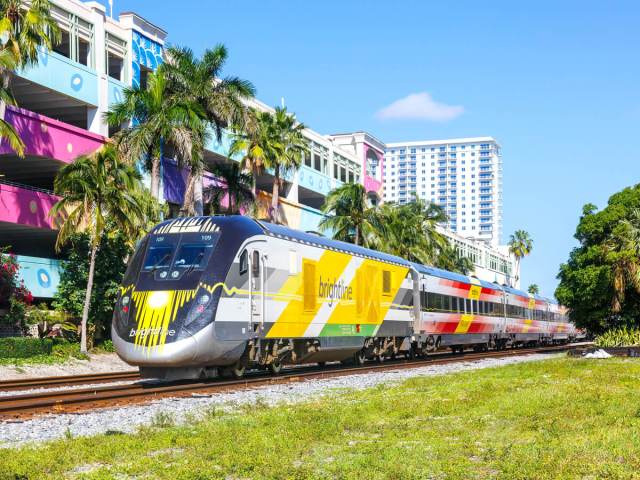
In 2018, the Brightline train service debuted in Florida, connecting the cities of Orlando and Miami. While not a true high-speed rail service, the company’s trains reach speeds of up to 79 mph throughout much of South Florida.
Better yet, Brightline has begun testing a new model that is set to carry passengers at maximum speeds of 125 mph, which would make it the fastest train in Florida. These updated cars will service a 35-mile-long stretch between Orlando International Airport and the city of Cocoa. Safety tests are set to continue throughout March 2024; expect the new Brightline service to become operational soon after.
Brightline West – Las Vegas, Nevada, to Rancho Cucamonga, California
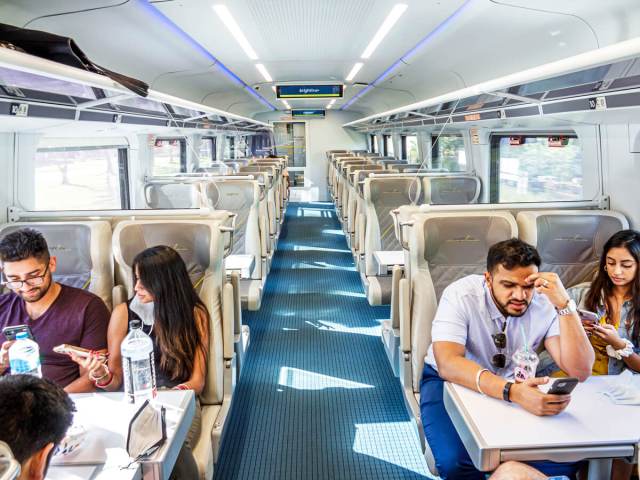
On the country’s opposite coast, Brightline’s new sister service is also in the works. Workers broke ground on the project, known as Brightline West, in early 2024, with a goal of wrapping up construction prior to the start of the 2028 Summer Olympics in Los Angeles.
Should everything go according to plan, Brightline West may not only become the fastest train in California, but also the entire United States. This proposed route will exceed speeds of 186 mph, connecting Las Vegas, Nevada, and Rancho Cucamonga, California. This would allow passengers to complete the trek in just two hours and 10 minutes — half the time it takes to drive between the two locations. The ambitious project is only just underway, so stay tuned for updates.
Cascadia Rail – Vancouver, British Columbia, to Eugene, Oregon

The Cascadia Rail is a proposed bullet train that would connect Vancouver, Canada, with neighboring Washington state. The route would continue through major cities such as Seattle, Tacoma, Olympia, and Portland, before finishing its journey in Eugene.
All told, this 250 mph train would theoretically turn an eight-hour drive into less than a two-hour train trip. Advocates for the Cascadia Rail began publicizing the project in 2018, hoping to complete work by 2030. However, the project is still in its infancy and has yet to receive the necessary government funding for its projected price tag — between $36 billion and a whopping $150 billion. That said, the region received $500,000 in 2023 as the government allocated grant money to various rail projects across the country. Supporters of the project are hopeful that this small amount of funding will help stimulate the project.
Central Valley Line – Bakersfield, California, to Merced, California
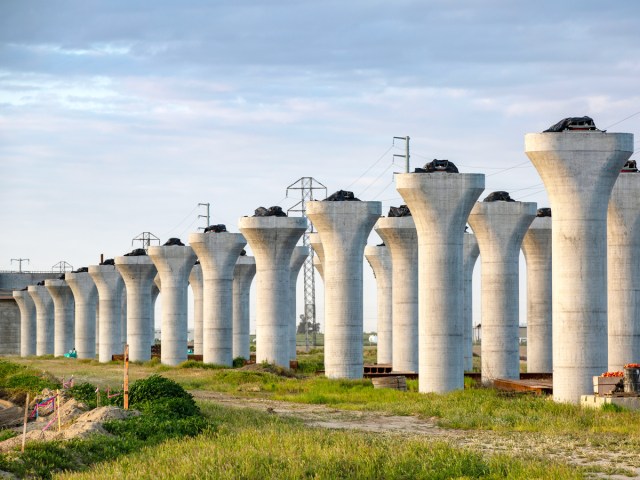
The California High-Speed Rail Authority is currently constructing a rapid rail service throughout the central portion of the state known as the Central Valley Line. This project includes building 171 miles of new high-speed railroad tracks to connect the cities of Bakersfield and Merced, which lie about halfway between Los Angeles and San Francisco. Given the flat topography of the region, these trains are expected to reach record-breaking speeds of 220 mph — assuming the project goes forward as expected.
The Central Valley Line is only the beginning of a larger proposed rail network throughout California, with the hopes of connecting Los Angeles and San Francisco by high-speed rail in the future. Should this grand vision ultimately come to fruition, passengers will be able to make that trip in just three hours, about half the time it currently takes.
Texas Central – Dallas to Houston

The Texas Central high-speed rail project seeks to connect the state’s two biggest cities, Dallas and Houston, with 240 miles of new high-speed railway. The drive between these two cities currently takes nearly four hours, but the Texas Central train would theoretically make the trip in just 90 minutes.
Texas Central train cars are planned to operate at speeds in excess of 200 mph, departing every 30 minutes during peak commuting hours. The company seeks to utilize the same high-speed trains that currently run between the Japanese cities of Osaka and Tokyo. Each Texas Central train will be made up of eight cars capable of holding roughly 400 passengers. The project is yet to be officially authorized, but if given the green light, the Texas Central rail line will take roughly five years to complete.






